Introduction: Korean Grammar ‘-은/는데’
Learning Korean grammar can be challenging, but breaking it down into manageable lessons can make it easier. Today, we will explore the grammar pattern ‘-은/는데,’ which is used to connect clauses and provide background information or contrast in Korean. This lesson will help you understand and use this form effectively.
Learn Korean with JAEM : Improve your Korean with our app through free lessons and courses. And also, Join our 4-week challenge program to progress from upper-beginner to master level with Native Korean Coaches.
Our Book: Don’t miss out on our comprehensive book that covers essential Korean language skills and strategies.
AI Writing Practice Program: Enhance your writing skills with JAEM TOPIK, our AI-powered practice program. Get personalized feedback and TOPIK tips to elevate your Korean writing.
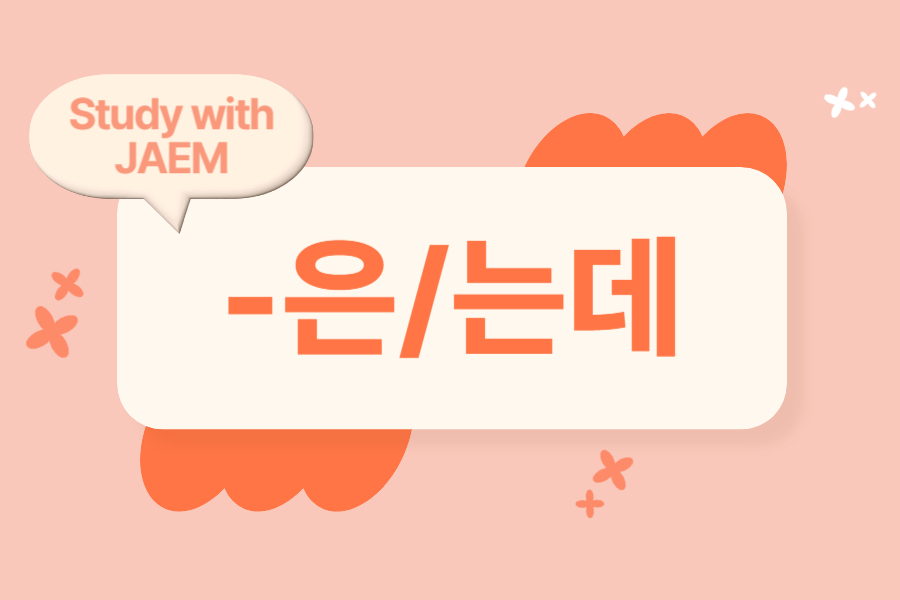
Jump to:
Grammar Explanation
The grammar pattern ‘-은/는데’ is used to connect two clauses, providing background information, contrast, or additional context. It can be translated as “but,” “and,” “so,” or “while” in English, depending on the context.
Formation:
- For descriptive verbs (adjectives) ending in a consonant, add ‘-은데.’
- For descriptive verbs (adjectives) ending in a vowel, add ‘-ㄴ데.’
- For action verbs (verbs) and 있다/없다, add ‘-는데.’
| Verb/Adjective | Stem | Form | Example Sentence |
|---|---|---|---|
| 작다 (small) | 작 | 작은데 | 고양이가 작은데 귀여워요 (The cat is small, and it’s cute) |
| 크다 (big) | 크 | 큰데 | 집이 큰데 비싸요 (The house is big, but it’s expensive) |
| 먹다 (to eat) | 먹 | 먹는데 | 밥을 먹는데 친구가 왔어요 (I was eating, and my friend came) |
| 있다 (to exist) | 있 | 있는데 | 돈이 있는데 쓸 수 없어요 (I have money, but I can’t use it) |
Examples
Adjective Examples:
- 예쁘다 (pretty)
- 예쁜데 = Is pretty, but/and
- 그녀는 예쁜데 내 친구가 아니에요 = She is pretty, but she is not my friend.
- 좋다 (good)
- 좋은데 = Is good, but/and
- 이 책은 좋은데 비싸요 = This book is good, but it is expensive.
- 춥다 (cold)
- 추운데 = Is cold, but/and
- 밖이 추운데 재미있어요 = It’s cold outside, but it’s fun.
Verb Examples:
- 하다 (to do)
- 하는데 = Do, but/and
- 일을 하는데 피곤해요 = I am working, and I am tired.
- 가다 (to go)
- 가는데 = Go, but/and
- 학교에 가는데 비가 와요 = I am going to school, but it is raining.
- 보다 (to see)
- 보는데 = See, but/and
- 영화를 보는데 재미없어요 = I am watching a movie, but it is not interesting.
Additional Examples:
- 살다 (to live)
- 사는데 = Live, but/and
- 서울에 사는데 부산에 가고 싶어요 = I live in Seoul, but I want to go to Busan.
- 읽다 (to read)
- 읽는데 = Read, but/and
- 책을 읽는데 졸려요 = I am reading a book, and I am sleepy.
- 마시다 (to drink)
- 마시는데 = Drink, but/and
- 커피를 마시는데 너무 써요 = I am drinking coffee, but it is too bitter.
Usage in Context
When using ‘-은/는데’ in different contexts, it emphasizes background information, contrast, or additional context.
Providing Background Information:
- 저는 학생인데 한국어를 공부해요 = I am a student, and I study Korean.
- 그는 의사인데 친절해요 = He is a doctor, and he is kind.
Expressing Contrast:
- 날씨가 좋은데 바람이 많이 불어요 = The weather is nice, but it is very windy.
- 영화가 재미있는데 길어요 = The movie is interesting, but it is long.
Adding Context:
- 저녁을 먹는데 전화가 왔어요 = I was eating dinner when the phone rang.
- 공부하는데 어려워요 = I am studying, and it is difficult.
Cultural Insight: In Korean culture, providing context and background information is essential for clear communication. Using ‘-은/는데’ helps convey the relationship between different pieces of information smoothly.
Common Mistakes
Common Mistakes:
- Incorrect: 작은데 귀여워요 (Missing subject)
- Correct: 고양이가 작은데 귀여워요 = The cat is small, and it’s cute.
Mistake Explanation: Ensure that ‘-은/는데’ is used correctly to connect clauses with clear subjects and context.
Related Grammar Points
Explore these related grammar points to deepen your understanding:
- -지만: To express contrast (“but”).
- -고: To express sequential actions or equal importance (“and”).
- -아/어서: To express reasons, causes, or sequential actions (“because,” “so,” “and then”).
- -면서: To express simultaneous actions (“while”).
Practice Exercises
Practice Makes Perfect!
- Exercise 1: Conjugate the following verbs/adjectives using ‘-은/는데.’
- 작다 (small)
- 크다 (big)
- 하다 (to do)
- 가다 (to go)
Answer Key:
- 작은데
- 큰데
- 하는데
- 가는데
- Exercise 2: Create sentences using ‘-은/는데’ for the following situations:
- The cat is small, and it’s cute.
- I am working, and I am tired.
- The weather is nice, but it is very windy.
- I am reading a book, and I am sleepy.
Answer Key:
- 고양이가 작은데 귀여워요.
- 일을 하는데 피곤해요.
- 날씨가 좋은데 바람이 많이 불어요.
- 책을 읽는데 졸려요.
Summary and Conclusion
Today, we covered the grammar point ‘-은/는데’ and how to use it to connect clauses, providing background information, contrast, or additional context in Korean. This pattern is essential for conveying relationships between different pieces of information smoothly. Continue practicing with our workbook and check out related lessons for more in-depth learning.
If you have any questions or suggestions, feel free to comment below. Happy learning!
Learn Real Korean with JAEM!
Learn Korean with JAEM Korean App & 4-week Challenge: Discover the best way to learn real Korean with our comprehensive app. Enjoy a wide variety of free lessons and courses designed to help you master the language. Also, our unique 4-week challenge program guides you from an upper-beginner level to a master course, all under the guidance of Native Korean Coaches. Whether you’re just starting out or looking to refine your skills, this program offers an effective path to fluency.
AI Korean Writing Practice Program: Take your Korean writing to the next level with JAEM TOPIK, our innovative AI writing practice program. This service provides personalized feedback and practical tips tailored to your learning needs. With a focus on improving your Korean writing, JAEM TOPIK also offers specific strategies for excelling in the TOPIK exam. Benefit from expert insights and targeted advice to enhance your proficiency and confidence in writing.
Our Book: Additionally, explore our comprehensive book that covers essential Korean language skills and strategies. This valuable resource complements our app and AI program, providing a holistic approach to mastering Korean.
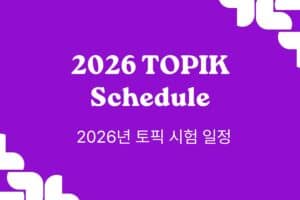
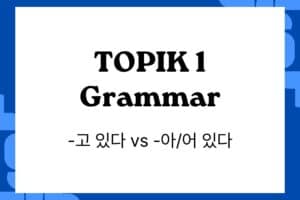
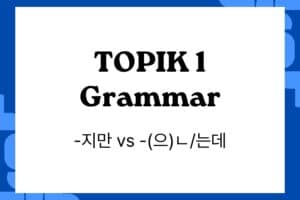
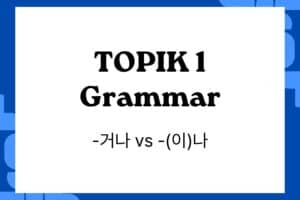
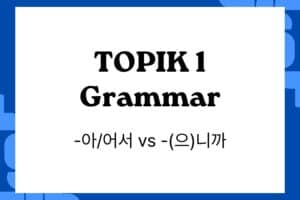
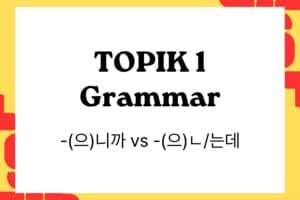
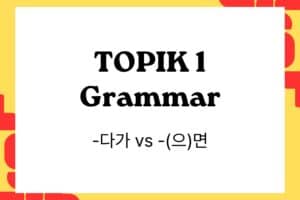
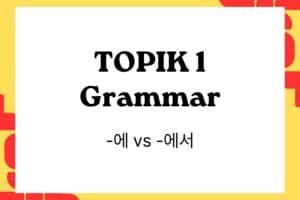
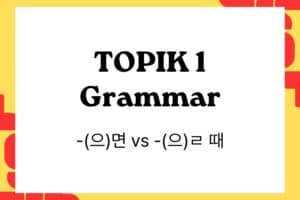
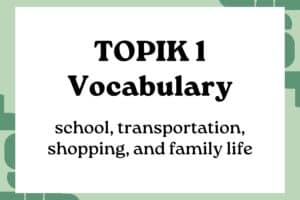


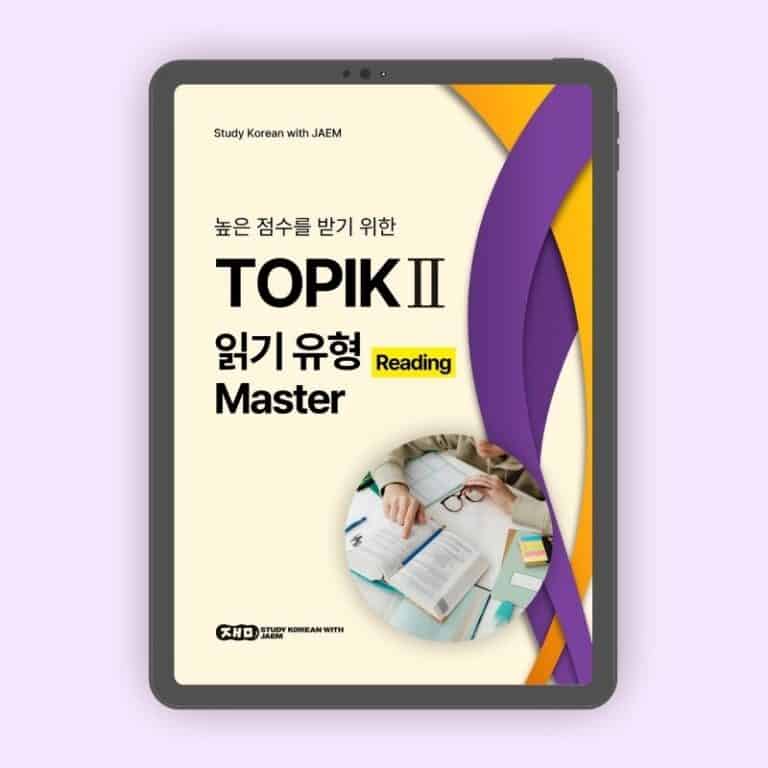

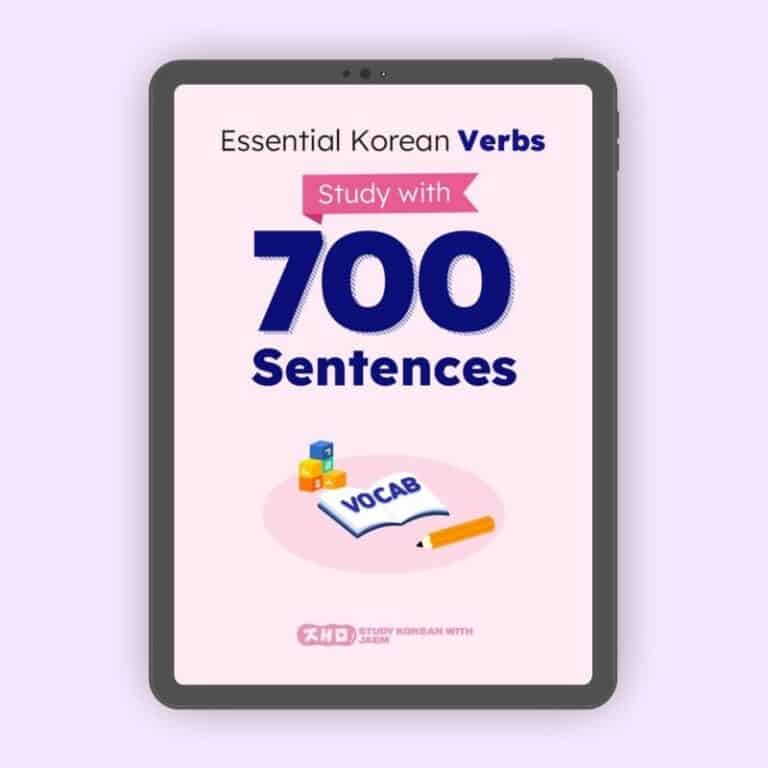
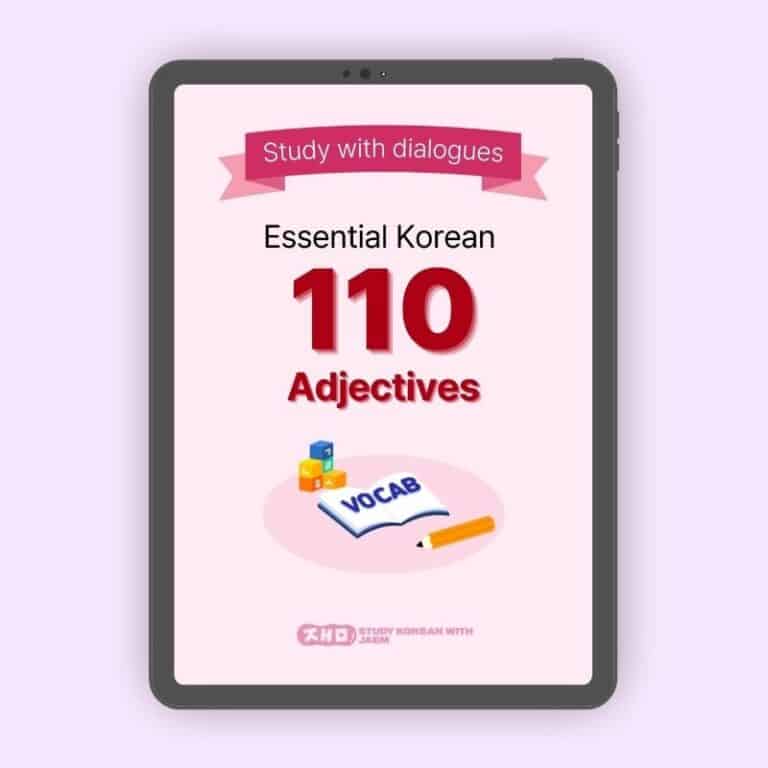
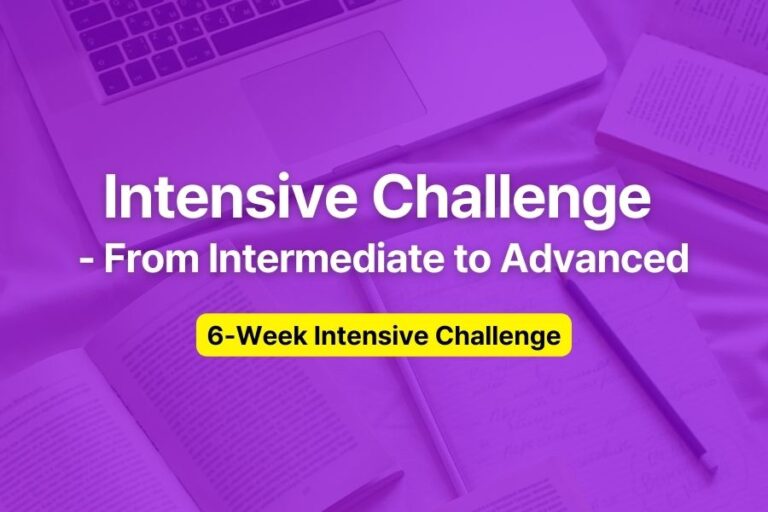
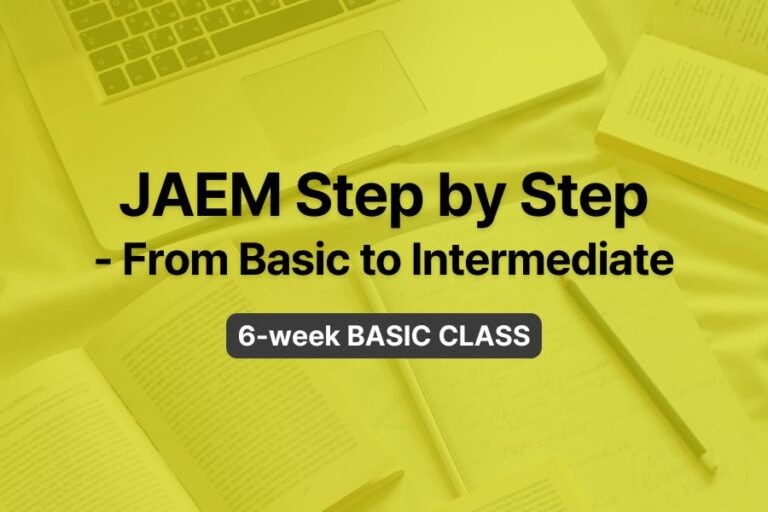
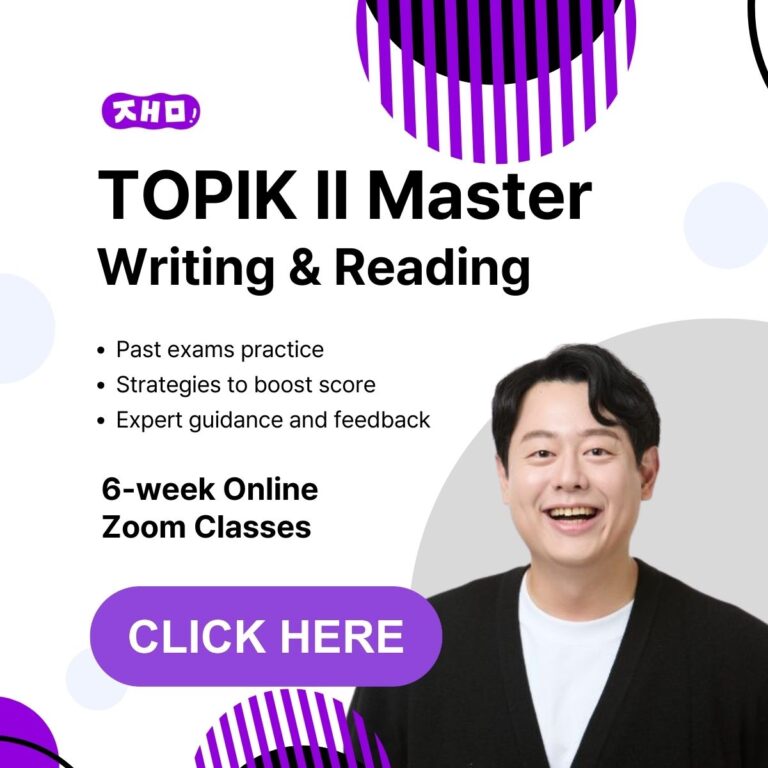
Responses